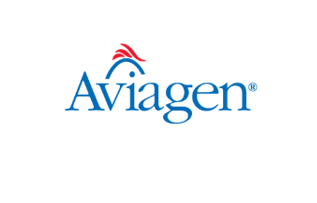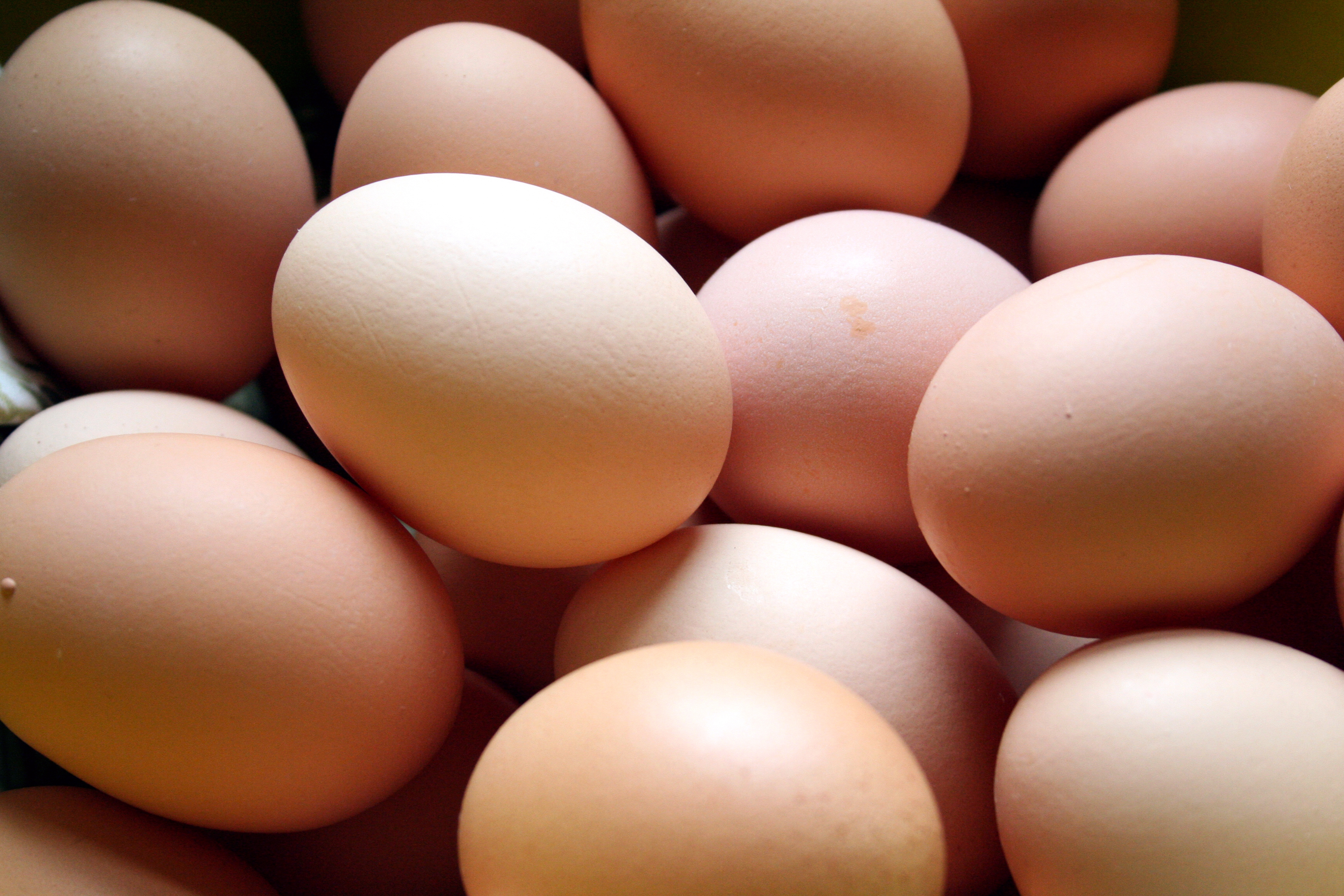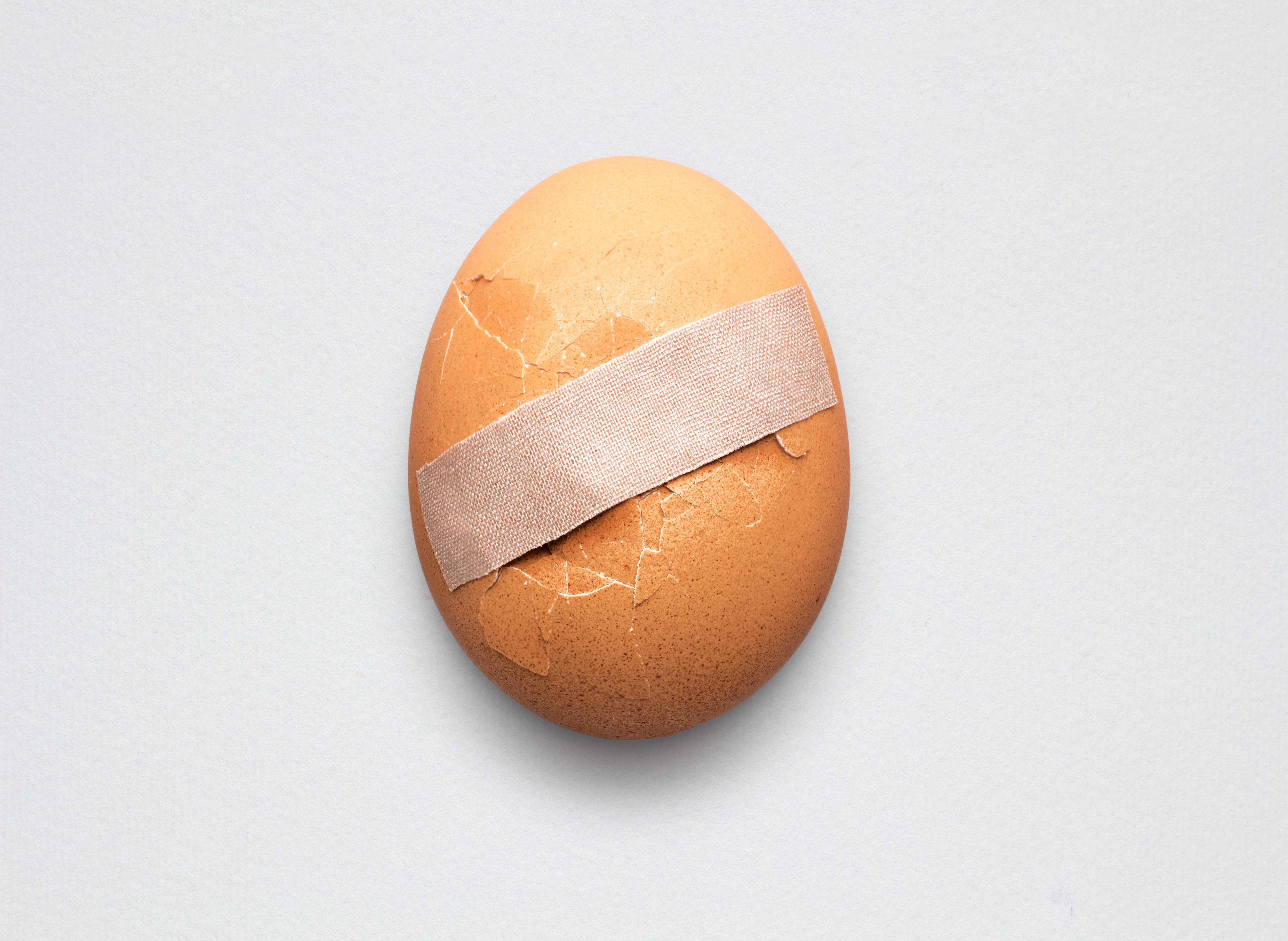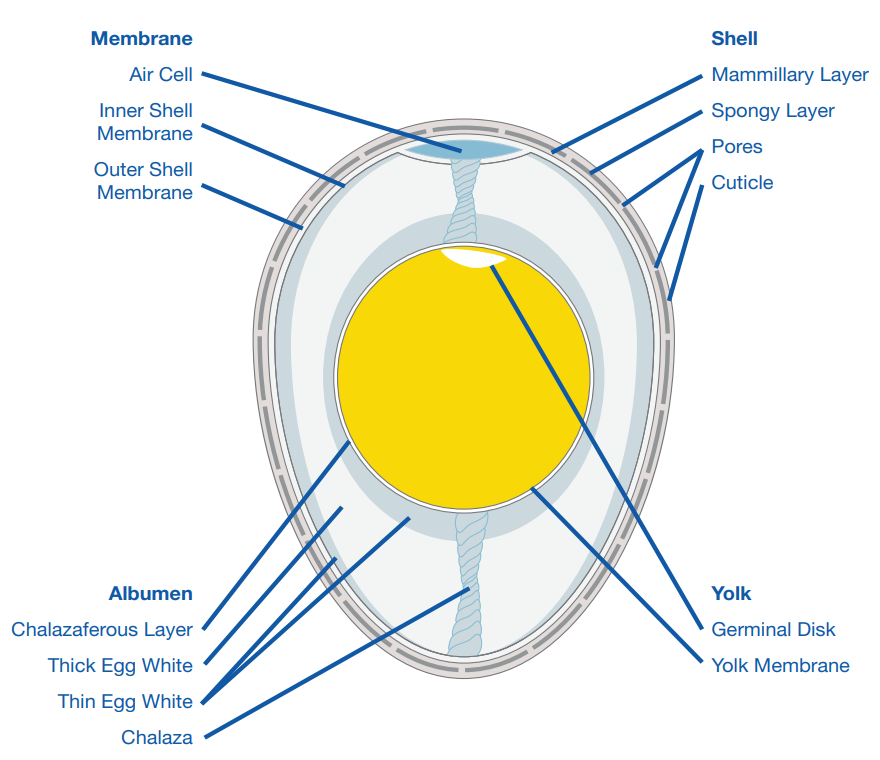



How important is nutrition for egg shell quality?
Part of Series:
< Previous Article in Series Next Article in Series >
The importance of optimal nutrition
As the egg shell mostly contains CaCO3, it is normally assumed that calcium is the only nutrient responsible for shell quality. However, both phosphorus and Vitamin D3 are also involved (Figure 2), together with a number of trace minerals. Gut health status and kidney function play important roles in calcium absorption and Vitamin D3 activity
This article is an extract taken from 'The importance of nutrition on egg shell quality in broiler breeders' by Alex Chang, Senior Poultry Nutrition Specialist at Aviagen.
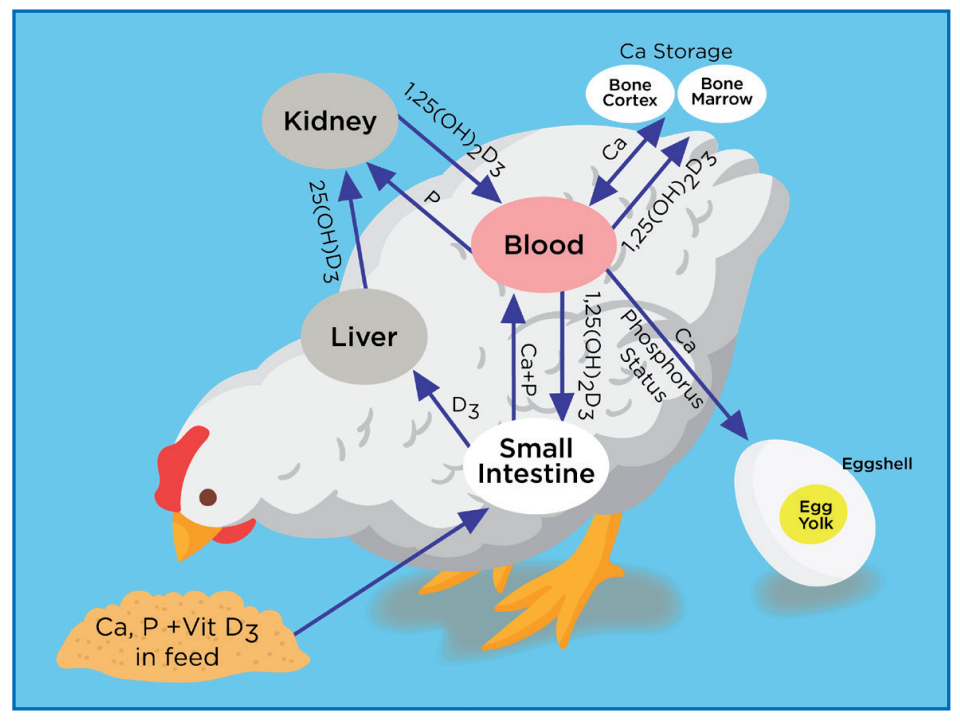
Calcium
Calcium is needed by broiler breeder hens at adequate levels (up to 4.9-5.1 g/bird/day; 0.17-0.18 oz/bird/day) for egg shell formation. An adequate source and supply of calcium during lay is crucial to prevent the occurrence of several issues, including:
- calcium tetany,
- skeleton abnormalities and
- poor egg shell quality (thin, soft shelled, cracked eggs).
In addition, ovulation disruption, un-sustained early egg production, egg production drops and halt (especially in larger bodied, early maturing pullets) can also occur. In a controlled-fed broiler breeder the quantity of calcium consumed varies according to actual feeding allocation. The particle size and origin of calcium source (e.g. oyster shell, limestone) must be taken in to account when establishing the dietary calcium level during lay.
An adequate calcium balance is important in order to avoid deficiencies or excesses with negative impacts on egg shell quality due to either insufficient calcium mineralization or utilization of important minerals such as phosphorus, magnesium, manganese and zinc. Due to high dietary calcium content of breeder diets and the consequential impact on dietary bulk density, there isa tendency for feed particle size segregation and more variation in dietary calcium analysis. Thus, it is also important to ensure proper feed mixing times to achieve a high level of accuracy between formulated and actual finished feed dietary levels.
Phosphorus
Phosphorus is present at a low level in the egg shell, but is important for replenishing the hen’s medullary bone. There must be sufficient dietary phosphorus to assimilate calcium into the bone matrix. Therefore, providing sufficient daily intake of “available” phosphorus (500-585 mg/bird/day or 0.018-0.020 oz/bird/day from peak to depletion) is critical for optimal egg shell quality.
Requirements can change under heat stress conditions and it is important to avoid hypophosphatemia (Hopkinson et.al., 1984). Conversely, a high level of available phosphorus (in terms of non-phytate phosphorus or NPP) can have negative effects. Researchers Ekmay and Coon (2011), have shown that reducing NPP improves specific gravity of eggs. They also found that even at the lowest intake of NPP (0.2%) egg production was sustained. Based on this research, an argument can be made that dietary available phosphorus for broiler breeders should be limited to ≤ 0.35%, particularly after 35 weeks of age.
Vitamin D3
Vitamin D3 is an important vitamin involved in calcium metabolism in both liver and kidney and hence significantly affects egg shell quality. Vitamin D3 is required for normal calcium absorption. An inadequate amount of dietary Vitamin D3 quickly induces calcium deficiency and a drop in egg shell weight, resulting in weaker and thinner shells.
A minimum dosage of 3,500 IU/kg (1587 IU/lb) of Vitamin D3 in broiler breeder feeds is recommended for egg production, shell quality and hatchability. Under field challenge circumstances involving liver or kidney integrity, some commercial Vitamin D metabolites have proven to promote increased calcium retention in the bird and improve shell quality.
Trace minerals
Trace minerals such as manganese, copper and zinc are important to achieve good egg shell quality. The levels recommended by primary breeding companies for these nutrients should satisfy requirements for shell quality. It is important to adopt reliable and well defined mineral sources. There can be benefits in terms of bio-availability in supplying part of these minerals from organic sources in enhancing egg shell quality (Stefanello et.al., 2014).
Electrolytes
Electrolytes are involved in acid-base balance (Na+K-Cl); this is also referred to as electrolyte balance and is one of the major metabolic factors involved in the egg shell formation (Mongin, 1978). Under normal conditions ensuring an electrolyte balance around 200 mEq/kg (90.7 mEq/lb) of feed is sufficient to ensure optimal egg shell quality.
Heat stressed birds often lay eggs with thinner, weaker shells because of blood acid-base balance disturbances as a result of panting (hyperventilation). Hyperventilation leads to excessive loss of CO2 gas from the blood. Lower CO2 causes blood pH to elevate or become more alkaline. The higher blood pH reduces the amount of ionized Ca and CO3 delivered to the uterus for egg shell formation. Increasing the amount of calcium in the feed does not correct this problem. However, under practical conditions replacement of part (30-35%) of the salt (NaCl) with sodium bicarbonate (NaHCO3) and increasing the K level to achieve an electrolyte balance above 200 mEq/kg has proven to be beneficial for egg shell strength. Evidence suggests that addition of Vitamins C and E (200 mg/kg and 250 mg/kg in a breeder diet, respectively) can improve egg specific gravity and shell thickness substantially in broiler breeders under prolonged heat stress (Chung et.al., 2005).
Saline drinking water
Saline drinking water, which is high in sodium and chloride can inhibit the activity of carbonic anhydrase enzyme in the shell gland mucosa which limits supply of bicarbonate ions (and calcium) in the lumen of the shell gland to form CaCO3 (Chen and Balnave, 2001). Not many controlled studies have been conducted in broiler breeders in this area in contrast with commercial layers. Older broiler breeder hens (> 40 weeks) are known to be more sensitive to saline water and have a reduced capacity to recover from the adverse effects of high NaCl. Reducing NaCl in feed has little offset potential and so the best remedy for high levels of NaCl in drinking water is desalination (reverse osmosis), and to avoid drinking water with ≥ 500 ppm NaCl.








